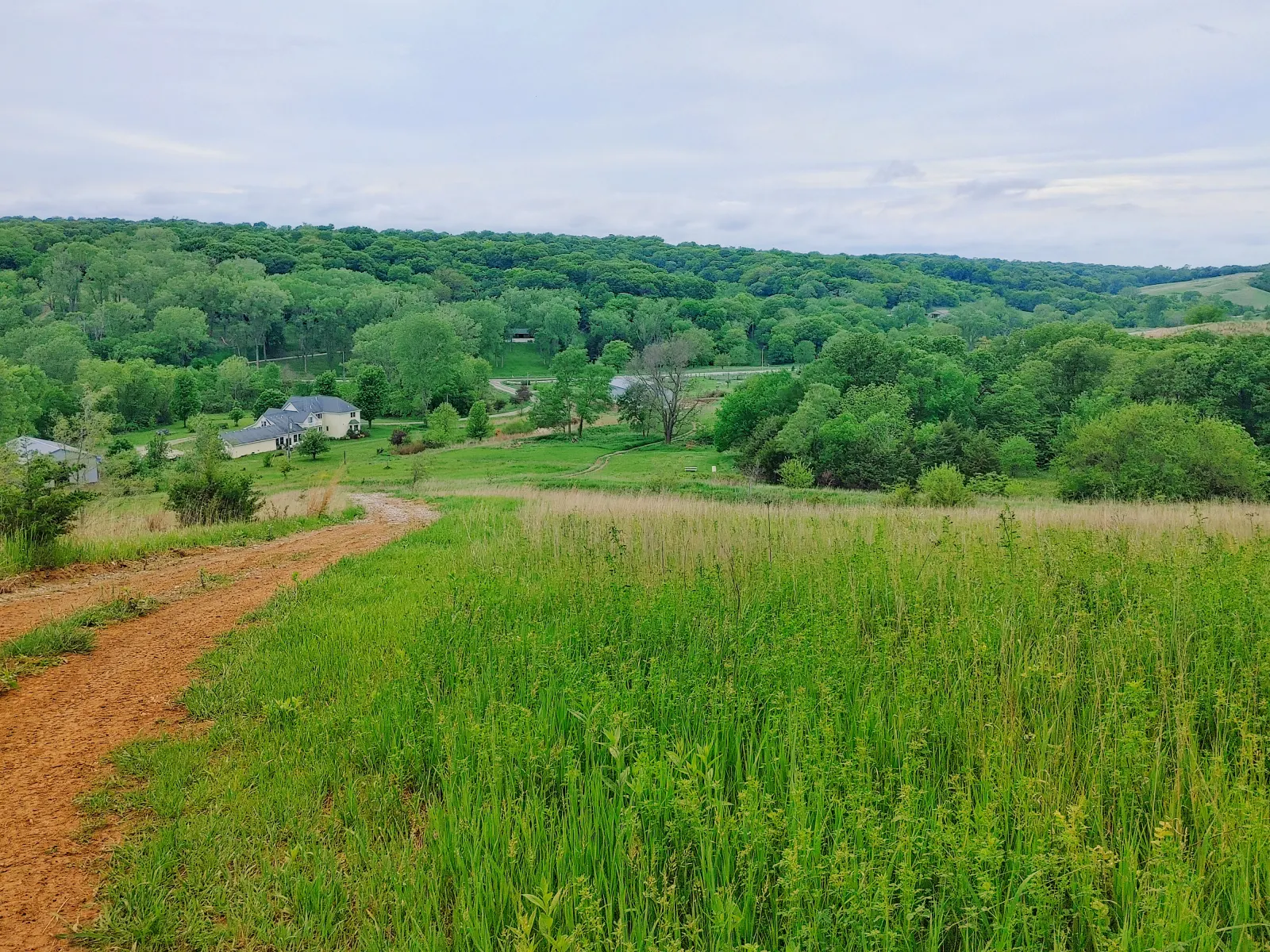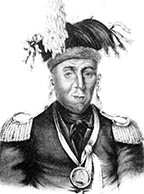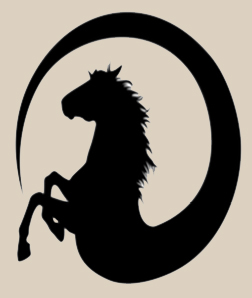
Indigenous Peoples Day
Native American History Lives Here At HCA200 Years of Change
Written By Lona Lewis
Horse Creek Adventures (HCA) has 173 acres in Loess Hills of SW, Iowa. I like to muse about all of the different owners this land has had over the centuries. Particularly interesting to me are the Native Americans, who preceded us. Today, when you drive south on I-29 to get to HCA, you look to the east and in the horizon see tree covered bluffs. Two hundred years ago the Native Americans saw hills of grass with only the occasional Burr Oak savannah. Today, when you are driving through the Missouri River Valley on I-29 you see endless fields of corn and soybeans. Two hundred years ago as the Native Americans walked that same river valley, they were in cottonwood forests and swamps.
Hunting, Artifacts & Trading
Chief Waubonsie came from Ohio to live in the area and was buried in Tabor, IA a few miles from here. SW Iowa was the summer

Chief Waubonsie was a leader of the Potawatomi Native American people.
hunting ground for several tribes. The Missouri River and the Platte River were their highways to get here. In the late 1800’s and earl 1900’s, one of the favorite past times of the new settlers was to go hunting for Native American artifacts. In the Hills, where I now live, there were several camping sites that were a treasure throve for all kinds of interesting items from arrow heads to pottery.
Superhighway To The Council
This area was also the route to get to the area where Council Bluffs, Iowa is now. It was important during the early 1800’s for fur trading. Native Americans would gather to sell their fur pelts to traders who would then sell them in St. Louis. This is where tribes socialized, romance bloomed with new family ties created, and contests identified the best skills of the Native American men. I occasionally can find in a stream bed, especially after a heavy rain, artifacts that have washed down from the hills. My most interesting find is small round pieces of white shell with a hole in the very center. I have done some research and they were either a form of money or used to make jewelry. However, they were used, the fact is they are not originally from this area. One school of thought is Native Americans coming from the Cahokia Mounds just east of St Louis, Missouri to Council Bluffs brought them. The speculation being they traded with other tribes that had access to these shells. One way those white pieces of shell could have gotten on the land here was from a forgotten or broken necklace or money that fell out of a leather deer skin pouch. Whichever, there is a reasonable chance, it was from someone who was either going or coming from the Council Bluffs area.
It’s Only Ours For A Moment
We have all heard- when we live on a piece of land, it is only ours for a brief time in history. Today Jack and I stopped at Cabin One an “off the grid” cabin where guests stayed last night. They told us about when they were finishing their coffee on the deck and looking at the hills, they thinking that they were seeing the hills as they looked a hundred years ago. I smiled inwardly thinking about the times I had stopped at the top of the bluff after helping a customer and thought about the braves after a long hunt setting under one of the Burr Oaks talking about the big deer that got away.
Note: The Fremont County Iowa History Center in Sidney, IA has an extensive collection of Indian Artifacts found in this county. Check them out on Facebook @FremontCountyHistoricalSociety

Recent Comments